The PHASA-35, a 35m wingspan solar-electric unmanned aircraft, has completed its maiden flight this week in a leap forward for solar-powered craft in the air and space market.
The aircraft, the product of a two-year collaboration between BAE Systems and Prismatic Ltd, is designed to operate in the stratosphere, a niche altitude between traditional aircraft and satellite technology. In the stratosphere, the aircraft avoids weather and air traffic, meaning solar-powered aircraft like the PHASA-35 could offer a cheap and sustainable alternative to satellites for purposes as varied as bushfire detection and maritime surveillance.
Electric aviation is a far more complex and technological hurdle than grounded electric vehicles. Obviously, unlike land vehicles that can bear a heavy burden like a solar panel and a battery, aircraft are far more sensitive to design adjustments and mass loads.
Dr Dries Verstraete of the University of Sydney’s (USYD) School of Aerospace, Mechanical and Mechatronic Engineering notes that increasing the mass of a car by 35% requires 13-30% more energy use. But increasing the mass of a plane by the same proportion requires 35% more energy use, because energy use is directly proportional in aircraft.
As a High Altitude Long Endurance (HALE) aircraft, the PHASA-35’s solar panels energises it during the day and stores enough power in batteries to keep it airborne overnight. The aircraft’s designers think the solar + battery storage system could enable it to maintain flight for up to a year.
Obviously, if solar-powered aircraft are going to generate a niche market under satellites, they can’t be landing every few days requiring adjustment. HALE aircraft need to be able to provide a sustained and stable platform for monitoring, surveillance, communications and military usage.
Sponsored by the UK’s Defence Science and Technology Laboratory (DSTL) and Australian Defence Science and Technology Group (DSTG), the successful flight trials took place at the Royal Australian Air Force (RAAF) Woomera Test Range in South Australia. More trial flights are scheduled over the course of the year, and it is hoped the aircraft could enter commercial operations within a year of the trial program’s completion.
This content is protected by copyright and may not be reused. If you want to cooperate with us and would like to reuse some of our content, please contact: editors@pv-magazine.com.
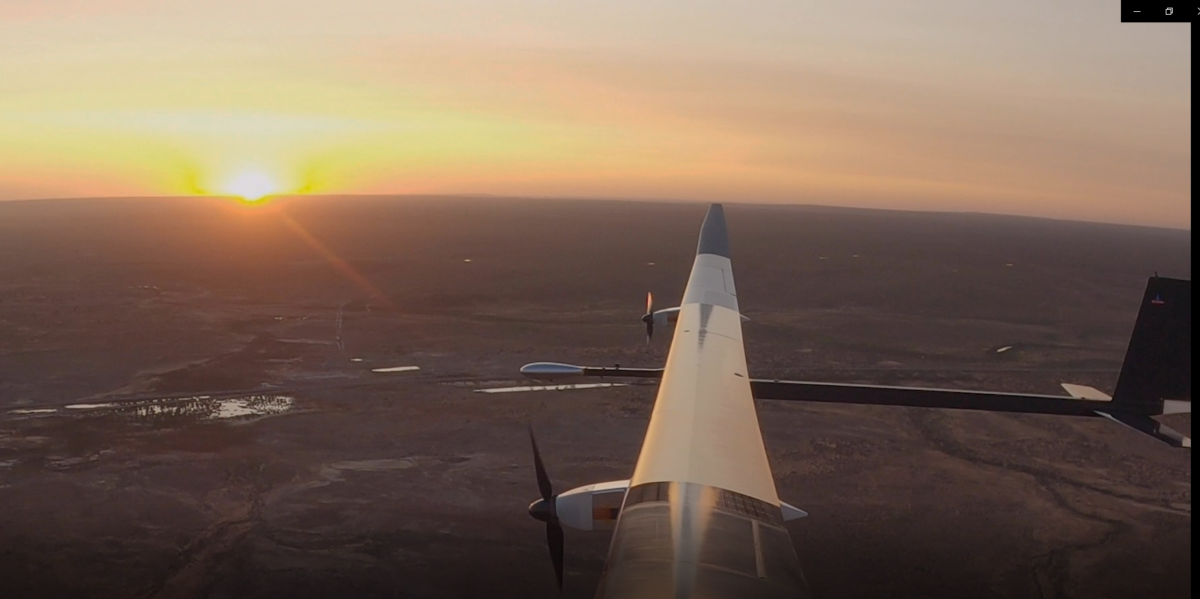
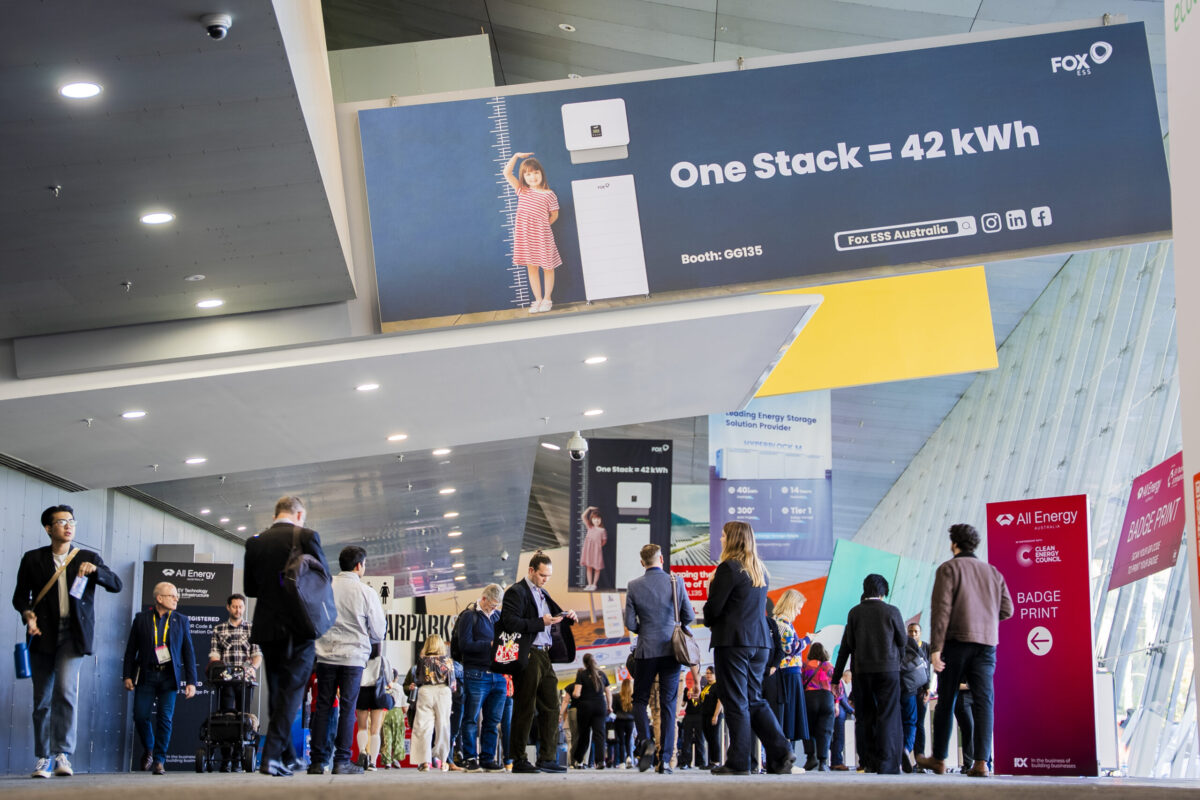


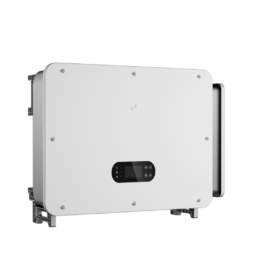
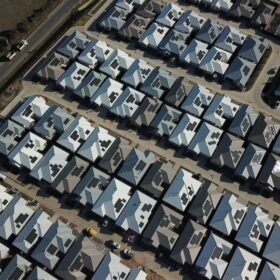
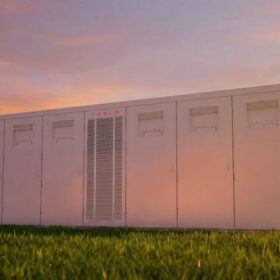
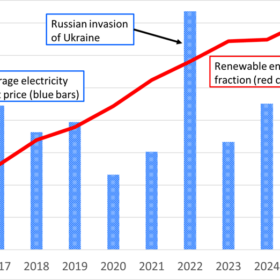
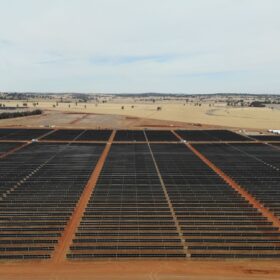
The Hindenberg, unfortunately, went up in flames in NJ in 1937 and brought the era of “Lighter Than Air” Travel…. to a grinding halt. The Oil Industry and Propeller/Jet Powered Aircraft ensured it has stayed that way… and remains so till now…. almost 80 years later… as the Fossil Fuels spread Pollution and the Reserves slowly get Exhausted.
The fundamental flaw in the Hindenberg (and other Lighter than Air Ships) was …. use of (explosive) Hydrogen instead of the preferred (Safe & Inert) Helium (banned for Export by the US – Helium Control Act 1927) which was mostly available in the USA at that time.
Instead of all these “solar powered planes” … which may have their niche role… we need Super Air- Ships or rather (Helium Filled) Air – Saucers (1,000m dia ??); Hovering above and Transporting passengers… as the Earth Rotates below… Long Distance.. with small Ground-Saucer Shuttles (Solar Planes/Gliders…??) providing “First-Last-Mile” Connectivity (and Services) below.
The top surface of a 1km dia Saucer (800,000m2)… can generate upto 150MW or more of Electricity to power 200,000HP Motors/Fans…. obviously as one is not “fighting gravity or time”…. 50,000HP should be more than enough… with the balance m(ore than enough)… used to keep the Passengers Warm… Fed.. and Comfortable..
.
These Air-Saucers would use Only Clean & Renewable Energy… without Pollution and possibly provide the “Best Travel Experience” to all in one’s life …… but please don’t rush.. rush.. rush… enjoy the view… above and below …. and sip life like an expensive glass of wine…